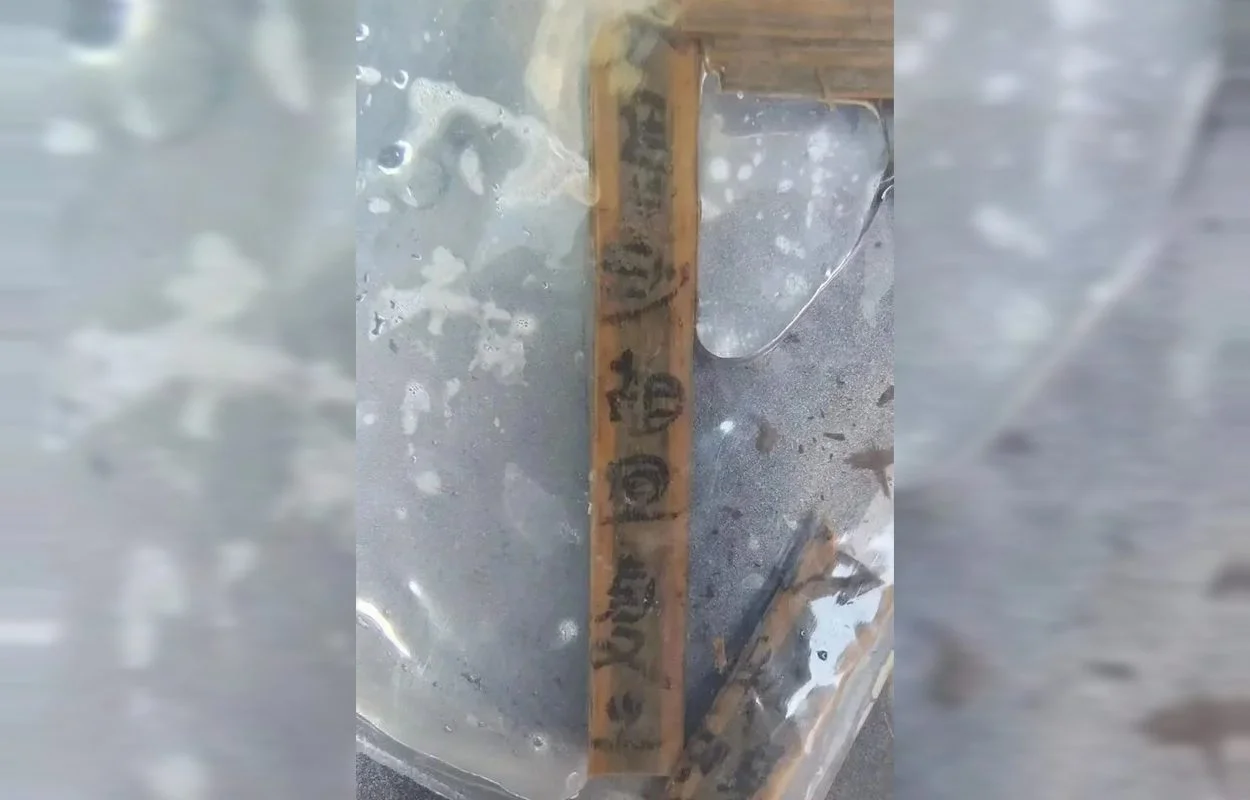Archaeologists have uncovered over 200 fragments of bamboo slips from the Qin and Han Dynasty during excavations in Changsha, China.
The slips were discovered in an ancient well at the Chaoyang archaeological site. They are marked in ink using seal script (also known as sigillary script), in addition to clerical script (also known as official script).
Seal script was common throughout the latter half of the 1st millennium BC, later used during the Han Dynasty for decorative engraving and official seals. Clerical script evolved from the late Warring States period to the Qin Dynasty, and became dominant during the Han Dynasty.
According to the archaeologists, the slips are a government archive that record dates and official positions, the second only example of a cache containing Han Dynasty slips in Changsha following the 2015 discovery at the Huayuan archaeological site.
Excavations also found evidence of a rammed earth building and foundations dating to the Western Han Dynasty, and a second well from the Song and Yuan Dynasties in which copper and bronze wares were uncovered.
The rammed earth building measures 28 metres by 18 metres, in which the researchers found Western Han Dynasty tube tiles, slab tiles, and moiré tiles in the upper rammed earth. According to the researchers, the building likely belonged to a high status individual such as a city official or aristocrat.
Furthermore, alongside the ongoing excavation of stone projectiles launched by the Yuan army during their assault on Changsha during the Southern Song Dynasty, the team have found significant cultural artefacts spanning from the Warring States Period to the Ming and Qing Dynasties.
Of particular note are the extensive wooden trenches bearing distinct Changsha characteristics, dating from the Five Dynasties to the early Northern Song Dynasty found to the west of the excavation site.
Header Image Credit : Institute of Archaeology, Chinese Academy of Social Sciences
Sources: Institute of Archaeology, Chinese Academy of Social Sciences







